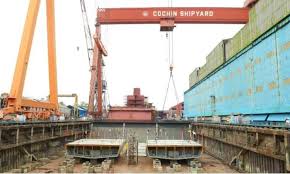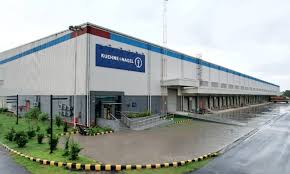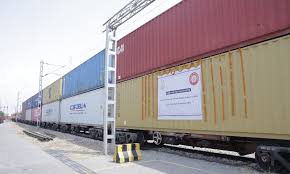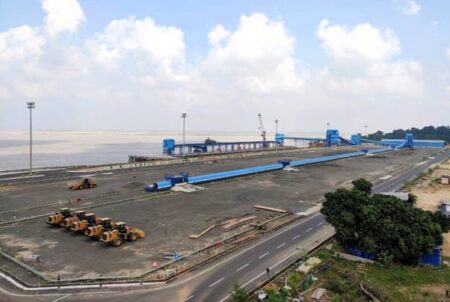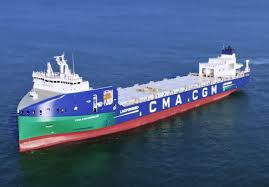In the world of logistics, where change is constant, Cyrus Katgara, Partner at Jeena & Company, emphasises the challenges of rising transportation costs, infrastructure limitations, and heightened customer expectations. To excel in this volatile landscape, a proactive approach is essential. Investment in advanced technologies, such as AI, enhances visibility and optimises operations. Collaboration between the government and private sectors is crucial to addressing infrastructure limitations. These proactive measures empower clients to navigate modern logistics complexities, ensuring efficient and seamless supply chain operations.
Supply chain resilience
Enhancing end-to-end supply chain resilience hinges on diversifying sources and leveraging advanced tools. Embracing data analytics and AI-driven forecasting allows for the early detection of potential disruptions, facilitating the creation of robust contingency plans. Even minor adjustments, such as increasing inventory buffers, play a pivotal role in optimising the entire supply chain. These collective measures bolster adaptability and uphold supply chain resilience, guaranteeing uninterrupted service to clients. In today’s dynamic business landscape, this strategy is indispensable for maintaining competitiveness and meeting customer demands.
Key metrics
In the realm of logistics, it is imperative for service providers to hone in on key performance metrics to streamline end-to-end supply chain operations. These critical metrics encompass on-time delivery rates, inventory turnover, order accuracy, transportation costs as a percentage of revenue, and overall supply chain cycle time.

The future of end-to-end supply chains in the logistics sector is poised for automation, interconnectivity, and data-driven operations
On-time delivery rates gauge the reliability of deliveries, ensuring that goods reach their destinations punctually. Inventory turnover reflects the efficiency of inventory management, emphasising the need to balance stock levels effectively. Monitoring transportation costs as a percentage of revenue helps with cost control, ensuring that transportation expenses don’t outstrip profitability. Lastly, the overall supply chain cycle time measures the speed at which orders are processed and fulfilled, a crucial aspect of meeting customer expectations.
Continuous tracking and optimisation of these performance indicators are fundamental for logistics companies to not only meet but exceed customer expectations in the fiercely competitive logistics sector. These metrics serve as compass points guiding efforts to enhance operational efficiency, maintain cost-effectiveness, and ensure that products reach customers accurately and on time.
Future shift
The future of supply chains in the logistics sector is on the cusp of a major transformation driven by automation, interconnectivity, and data-driven processes. Technology plays a central role in reshaping supply chain management, offering the prospects of enhanced transparency, efficiency, and sustainability. Innovations like Artificial Intelligence (AI), the Internet of Things (IoT), and blockchain are poised to revolutionise logistics, ushering in a new era of efficiency and visibility.
Nevertheless, these advancements also bring significant security challenges that cannot be underestimated. Protecting businesses, whether they are technology-oriented or not, is of paramount importance as they navigate this evolving landscape. Adaptation to the changing dynamics of logistics remains a continuous requirement in order to stay competitive and secure in an increasingly digital and interconnected world. The future of logistics is bright, but it requires a proactive approach to harness the potential while mitigating the associated risks.
Sustainable partnerships
In the world of long-term supply chain management, companies in the industry have embraced a range of strategies to foster lasting relationships and collaborations with fellow stakeholders within the supply chain ecosystem. Central to the approach of these industry players is the prioritisation of transparency and open communication as core principles in their interactions.
This steadfast commitment, coupled with the unwavering support of suppliers, customers, and partners, has not only enabled these companies to sustain their presence in the market but also to expand it. The industry as a whole recognises that building trust through collaboration and transparency is a universally essential key to success. This holds true regardless of the specific sector, customer base, or nature of the products and services involved.
In essence, the long-term success of supply chain management relies on nurturing enduring relationships and emphasising transparency and open communication among all stakeholders. This approach fosters a sense of trust and partnership that transcends individual companies and contributes to the overall health and resilience of the supply chain ecosystem.

